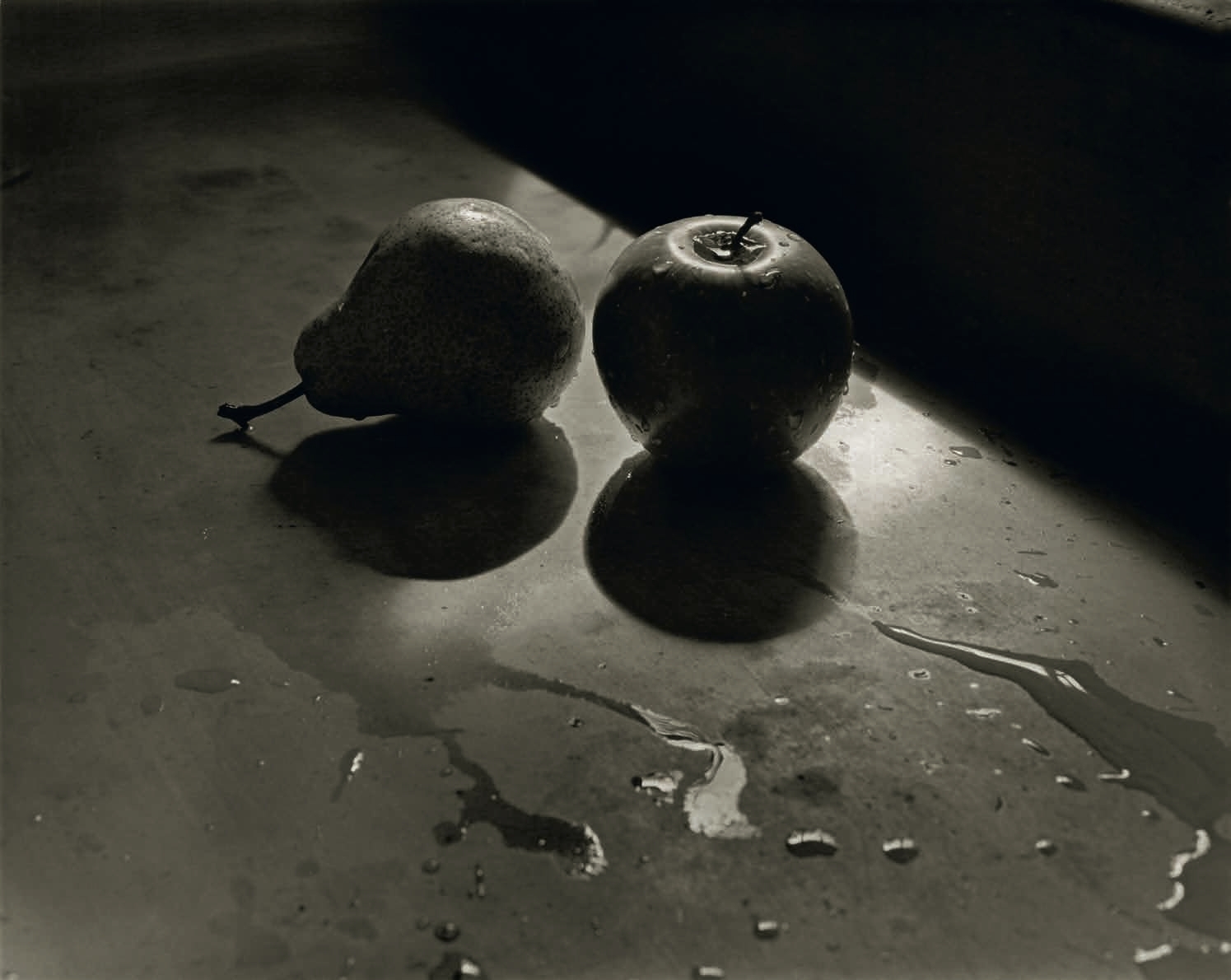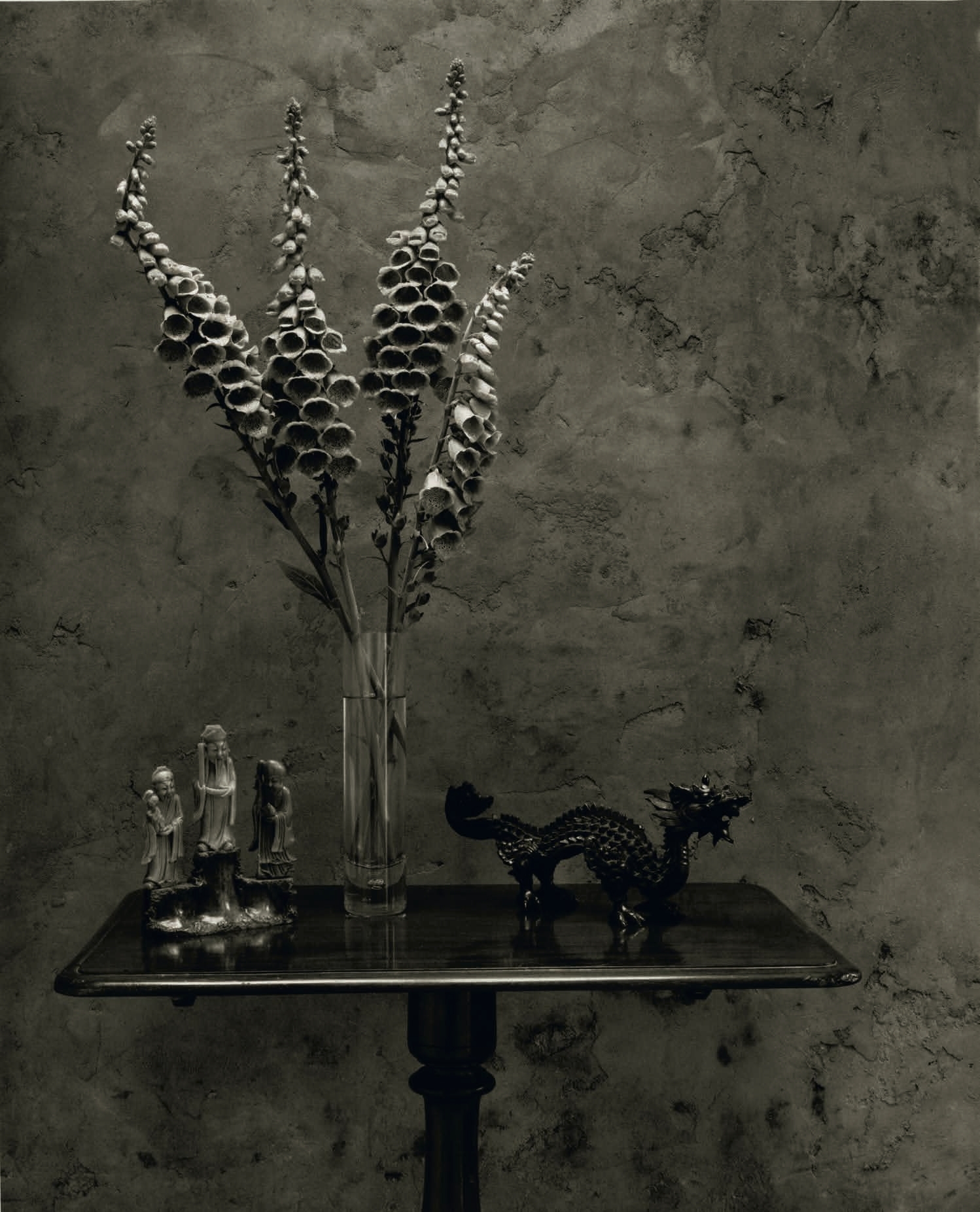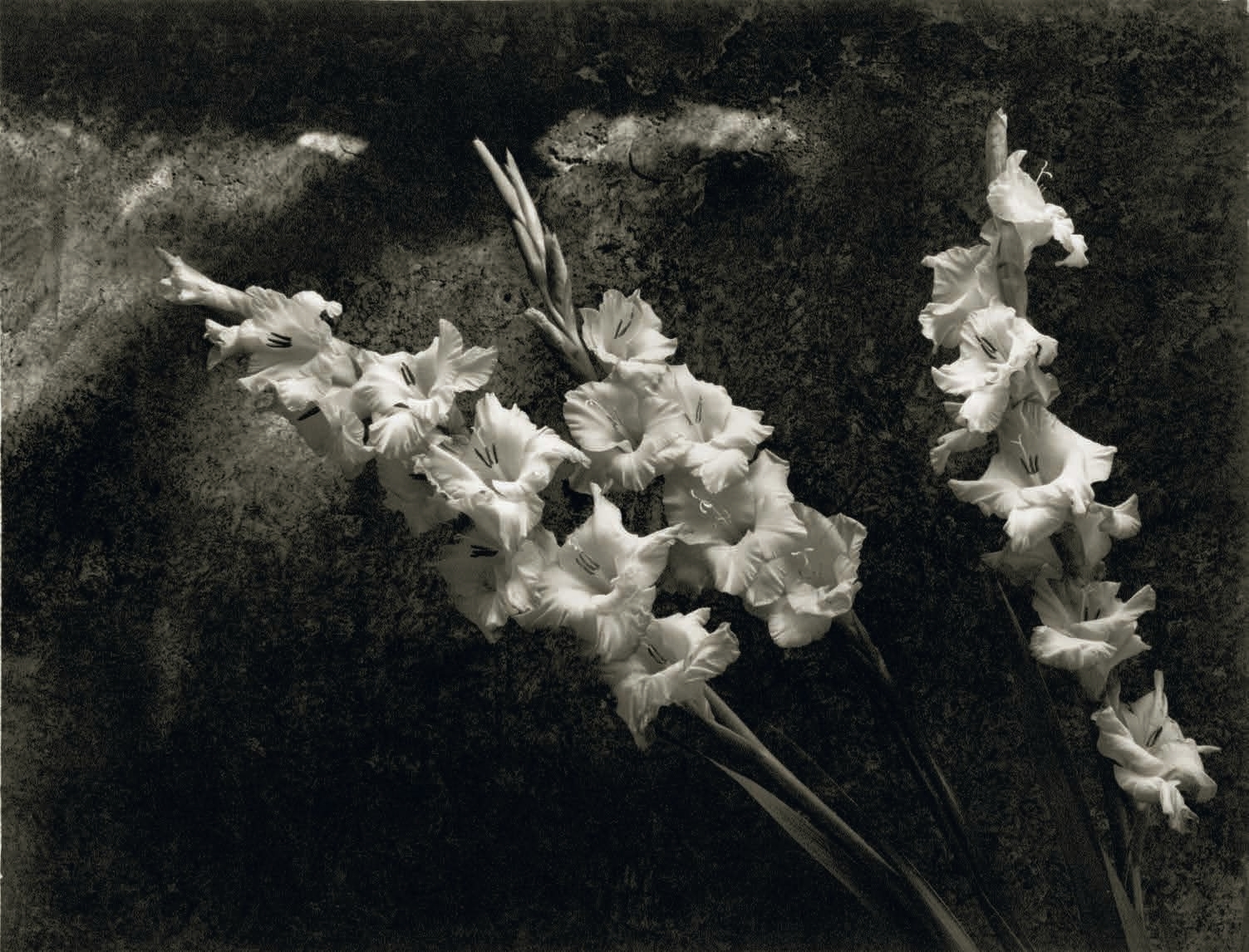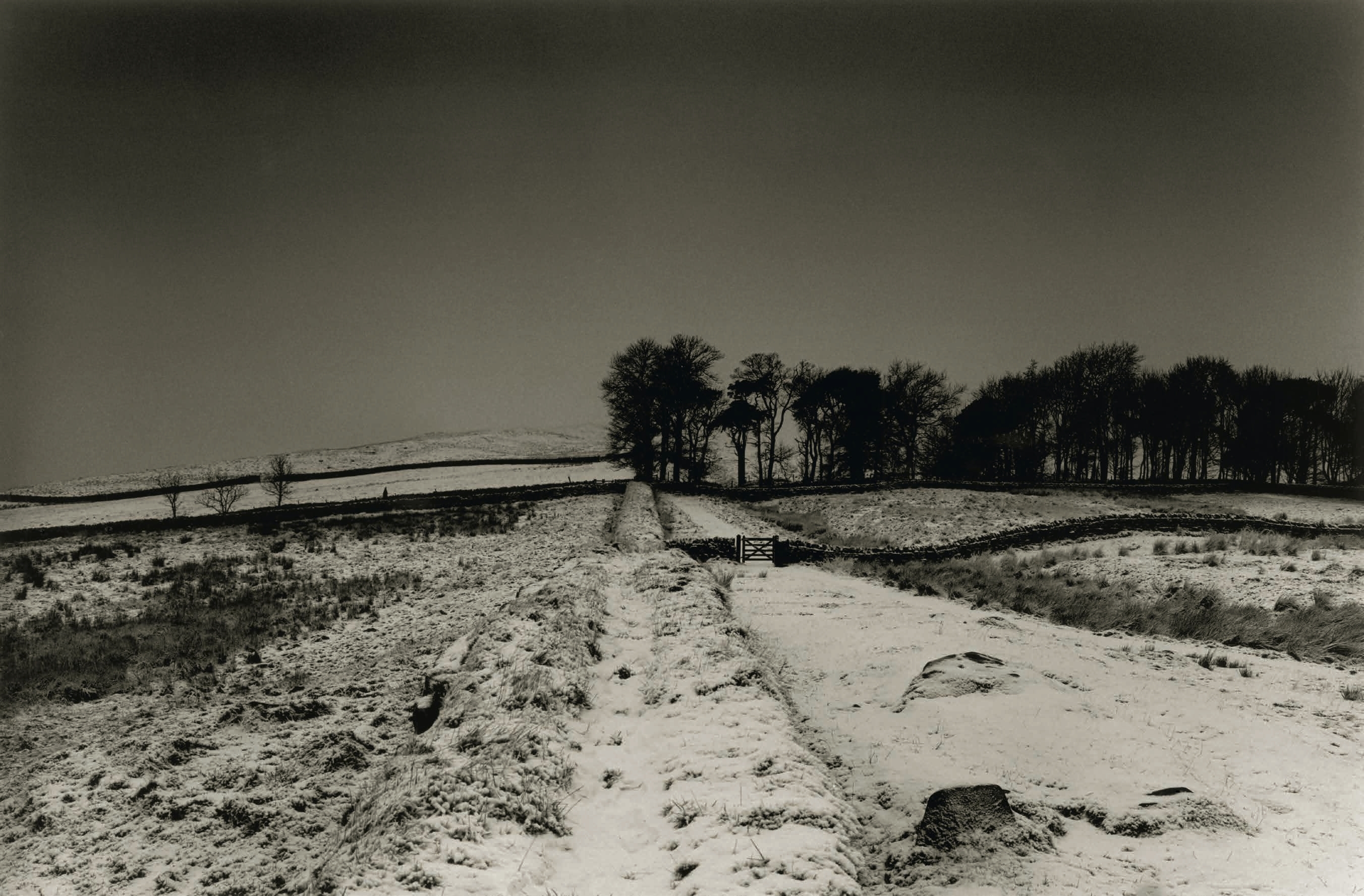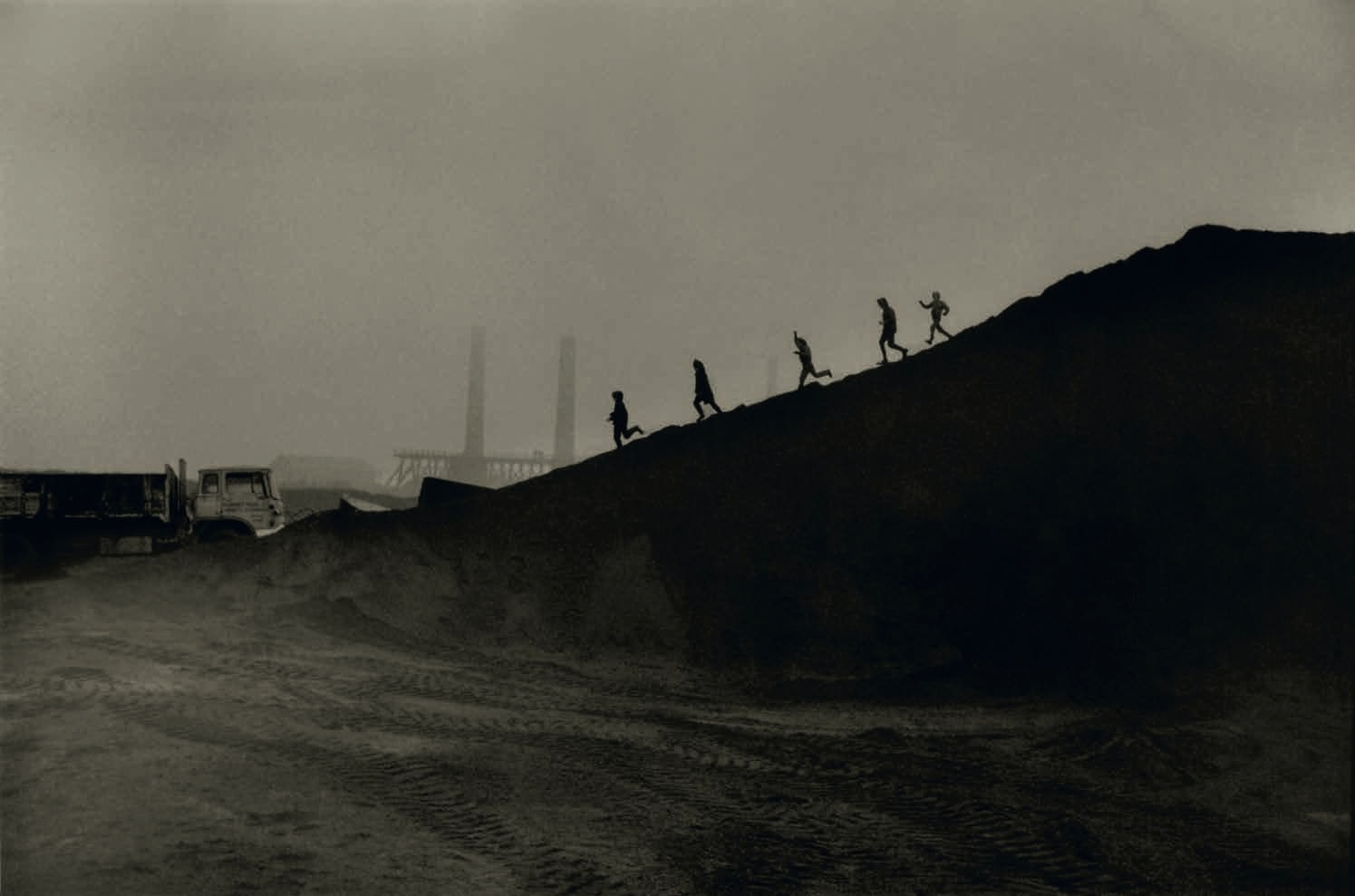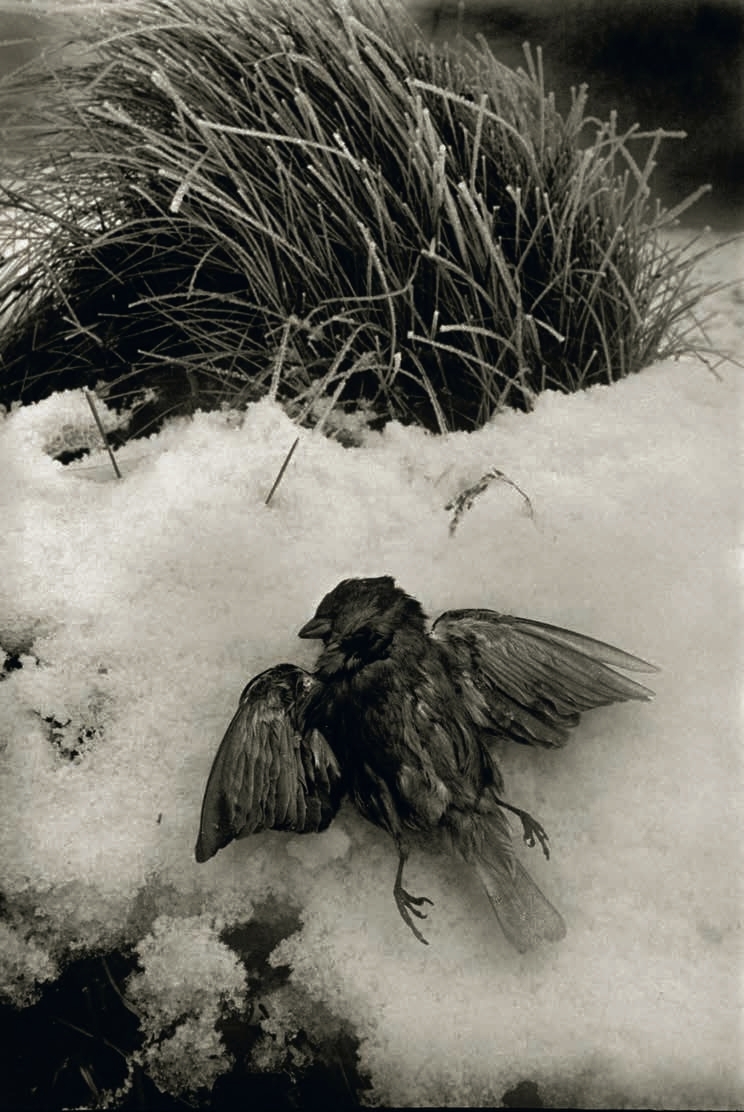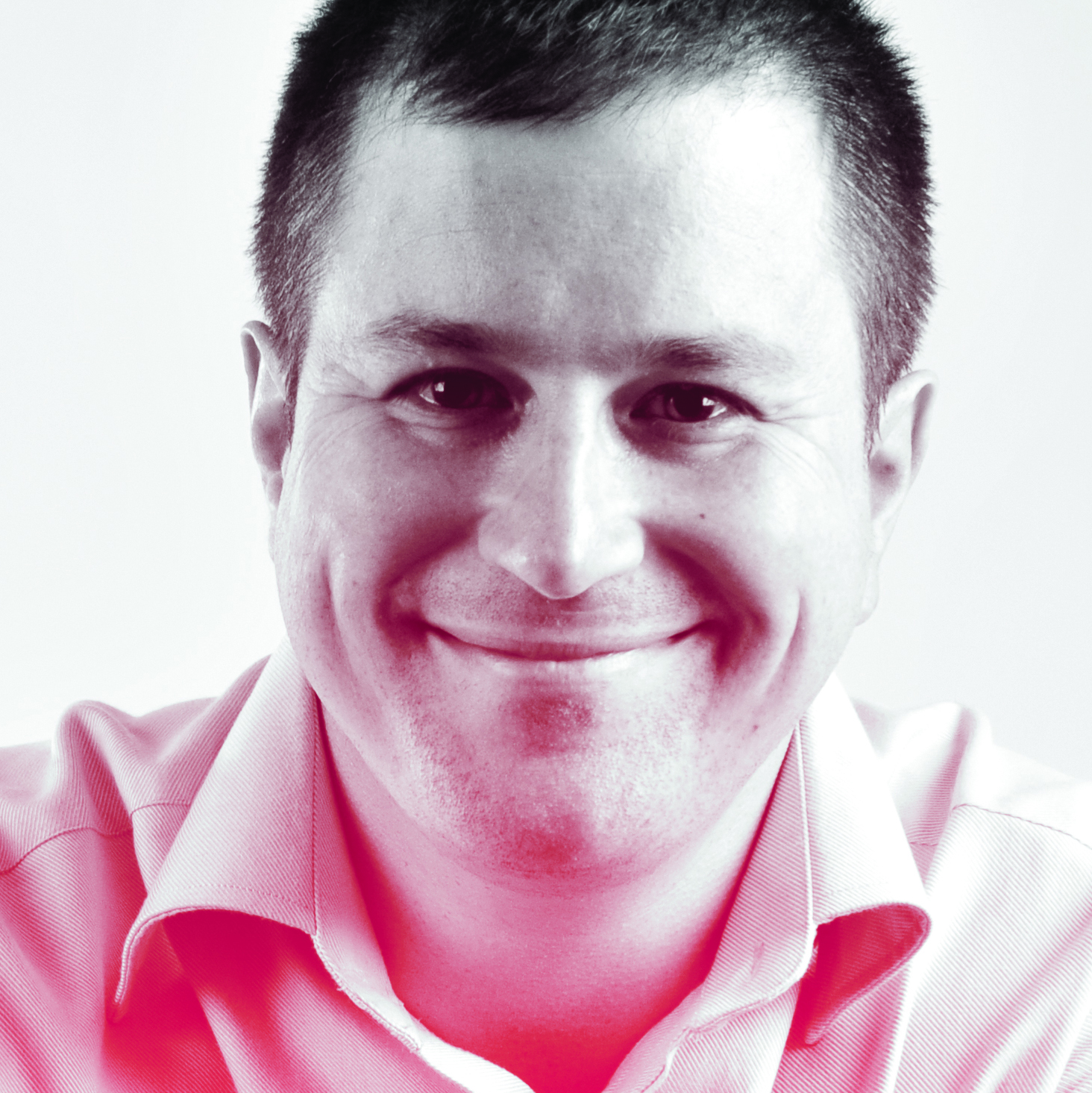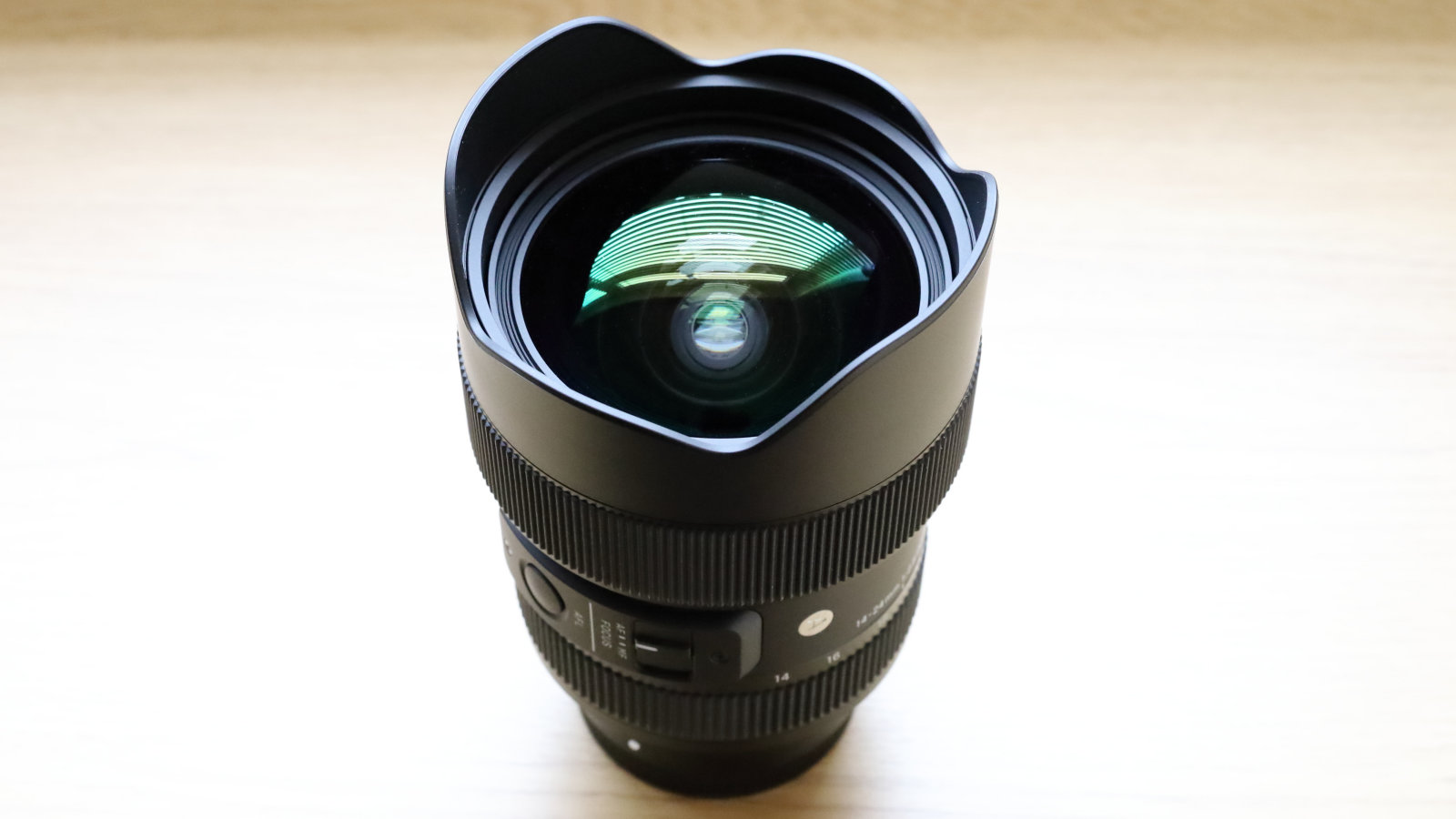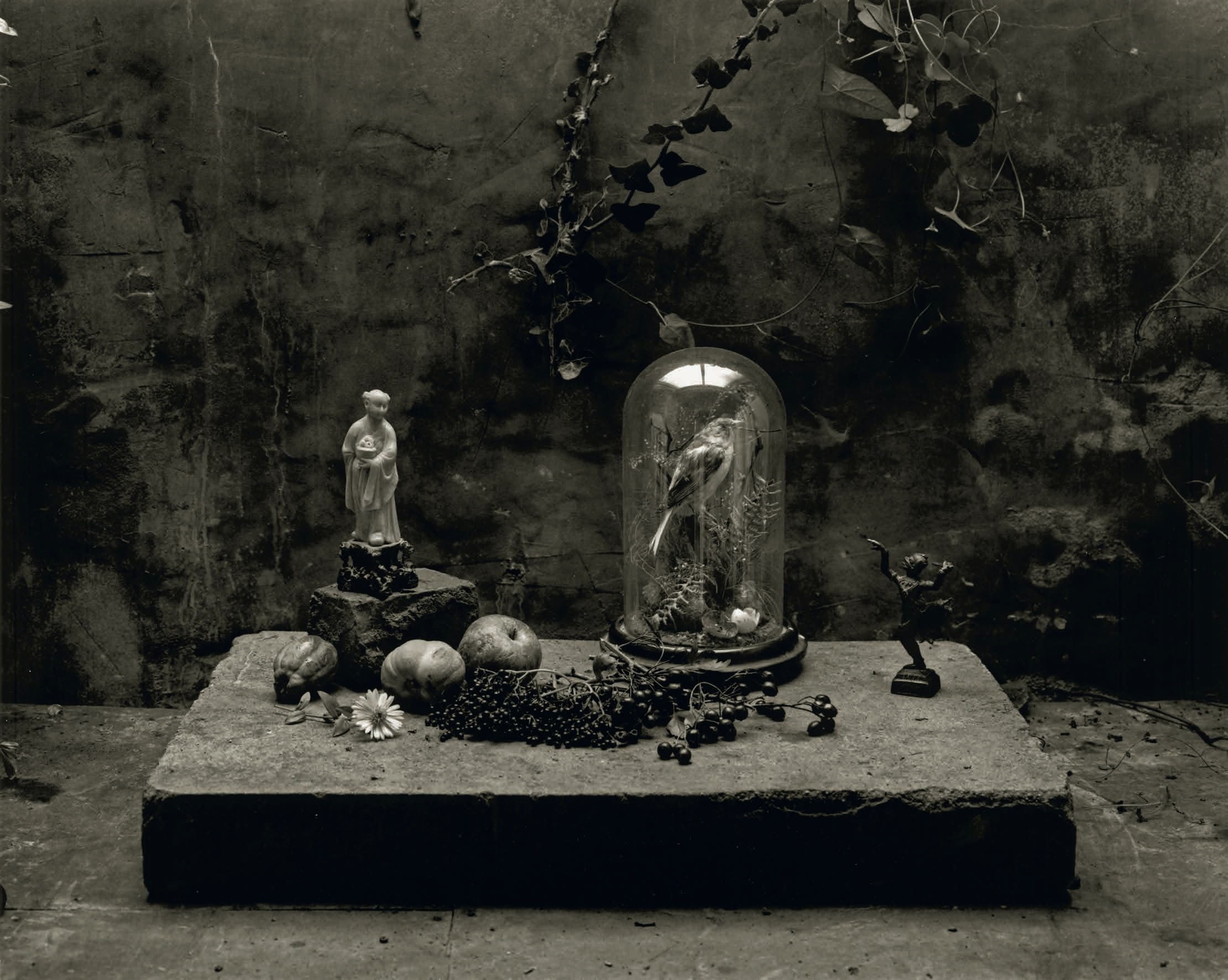
Don McCullin has seen things that no person should have to witness. From Cyprus to Cambodia, Biafra to Northern Ireland, the British photographer spent decades enduring some of humanity's worst moments, his camera documenting the full horror of conflict.
His lens captured starving children, shellshocked soldiers and the aftermath of unspeakable violence. Then he came home to Somerset, England, walked into his garden shed and… started photographing pears.
This jarring transition is the subject of The Stillness of Life, a new book from Gost that arrives as McCullin celebrates his 90th birthday. It's a collection that will surprise anyone who knows him only as a war photographer. And perhaps it reveals something crucial about how photojournalists survive the weight of what they've endured.
Still-lifes in the shed
Despite the switch in subject, his work remains stunning. McCullin's still-lifes, created in a derelict shed on his Somerset property since the early Eighties, feature everything from gladioli to foxgloves arranged alongside bronze dragons and Hindu goddesses.
Having blackened the shed walls with soot to mimic the patina of Dutch master paintings, he carefully constructed these tableaux in the dim light filtering through a grimy window. The results look like Caravaggio for the photographic age: chiaroscuro drama applied to cut flowers and hedgerow mushrooms.
"Over the years going to various wars, this corner of Somerset has saved and restored my sanity," McCullin told The Guardian recently. It's a simple statement that carries enormous weight when you consider the catalog of atrocities this man has witnessed.
So it's perhaps surprising that his landscape photographs, gathered from throughout his career, don't offer such easy pastoral comfort. Indeed, they're frequently bleak: denuded trees against lowering skies, industrial wastelands, biblical cloudscapes over empty fields.
The best camera deals, reviews, product advice, and unmissable photography news, direct to your inbox!
There's something almost ominous in many of these images, as if the photographer can't help but see potential battlegrounds even in peaceful countryside.
A key memory perhaps sheds some light on this. In 1940, the 5-year-old McCullin arrived at Frome station in Somerset, clutching a gas mask and his sister's hand, after being evacuated from London's bombing. That first encounter with the English countryside – safety after terror – created an imprint that would last 85 years.
The moment is right
The timing of The Stillness of Life coincides with McCullin's first solo exhibition in New York, A Desecrated Serenity at Hauser & Wirth in New York City, which runs until November 08. It's remarkable that a photographer of his stature is only now getting this New York spotlight, but perhaps the moment is right.
Because let's be clear; McCullin's still lifes aren't a lesser work or a retirement hobby. They're masterclasses in lighting, composition and printing: the same technical brilliance that made his conflict photography so devastating. He controls shadows and highlights with surgical precision, creating depth and drama whether his subject is a dying soldier or a dying flower. His prints are legendary for their tonal range, achieved through decades of darkroom mastery.
To me, what this book proves is that great photographers don't lose their vision when they change subjects; they simply refocus it. McCullin's war images showed us the worst of humanity. His Somerset work shows us that, even after witnessing hell, it's possible to find peace in a pear sitting in a kitchen sink, photographed with the same intensity he once brought to battlefields.
That's not a retreat from important work. That's survival. And in a way, its own kind of courage.
The Stillness of Life is published by Gost Books in the UK on October 25 for £80, and will go on sale in the US from December 30 for $100.
You might also like…
See where McCullin ranks among the best photographers ever, and check out more of the best books on photography.
Tom May is a freelance writer and editor specializing in art, photography, design and travel. He has been editor of Professional Photography magazine, associate editor at Creative Bloq, and deputy editor at net magazine. He has also worked for a wide range of mainstream titles including The Sun, Radio Times, NME, T3, Heat, Company and Bella.
You must confirm your public display name before commenting
Please logout and then login again, you will then be prompted to enter your display name.
